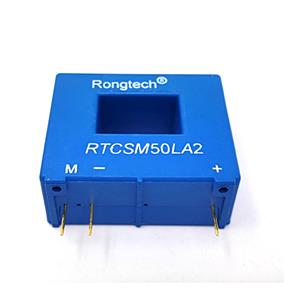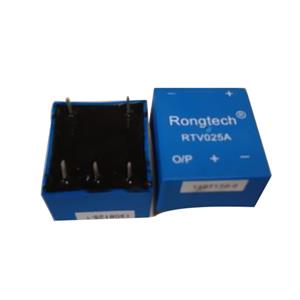Emerging Materials and Intelligent Development in Sensor Technology
Introduction
Sensors are the backbone of modern technology, enabling precise measurement and control in industries ranging from automotive and healthcare to industrial automation and consumer electronics. As demand grows for higher accuracy, miniaturization, and intelligence, researchers and engineers are turning to novel materials and smart sensing technologiesto push the boundaries of what sensors can achieve. This article explores the latest advancements in sensor materialsand the evolution toward intelligent, adaptive sensing systems.
1. Emerging Materials in Sensor Technology
(1) Graphene & 2D Materials
Graphene, a single layer of carbon atoms, exhibits exceptional electrical conductivity, mechanical strength, and thermal stability, making it ideal for:
High-sensitivity strain and pressure sensors(used in wearable electronics and structural health monitoring).
Ultra-fast gas and chemical sensors(detecting pollutants, VOCs, and hazardous gases at low concentrations).
Flexible and transparent sensors(for foldable displays and medical patches).
Other 2D materialslike MXenes and transition metal dichalcogenides (TMDs, e.g., MoS₂)are also being explored for next-gen flexible and wearable sensors.
(2) Nanomaterials (Nanowires, Quantum Dots, Nanotubes)
Silicon nanowires (SiNWs)enhance biosensor sensitivityfor disease detection (e.g., glucose monitoring in diabetes care).
Carbon nanotubes (CNTs)improve electromechanical sensingin robotics and industrial automation.
Quantum dots (QDs)enable high-resolution optical and fluorescence sensorsfor medical imaging and environmental monitoring.
(3) Smart Polymers & Biomimetic Materials
Self-healing polymersallow sensors to automatically repair damage, extending lifespan in harsh environments.
Hydrogels and biomimetic materialsmimic natural sensing mechanisms (e.g., artificial skin sensorsfor prosthetics and robotics).
(4) Piezoelectric & Ferroelectric Materials
Used in energy-harvesting sensors(converting mechanical vibrations into electrical power).
Enable ultra-sensitive motion and vibration detection(critical in aerospace and structural monitoring).
2. Intelligent & Adaptive Sensor Development
(1) AI & Machine Learning Integration
Traditional sensors collect data, but AI-powered sensorscan:
Self-calibratebased on environmental changes.
Predict failuresbefore they occur (predictive maintenance in industrial IoT).
Adapt to dynamic conditions(e.g., autonomous vehicles adjusting sensor sensitivity in real time).
(2) Edge Computing & On-Sensor Intelligence
Miniaturized AI chips(e.g., TinyML) enable local data processing, reducing latency and cloud dependency.
Smart sensorscan filter noise, prioritize critical data, and make real-time decisions without external computing.
(3) Self-Powered & Energy-Harvesting Sensors
Piezoelectric, triboelectric, and thermoelectric sensorsgenerate their own power from motion, vibration, or heat.
Ideal for wireless IoT devices, medical implants, and remote environmental monitoring.
(4) Multi-Functional & Hybrid Sensors
Combining multiple sensing capabilities(e.g., pressure + temperature + gas detection) in a single device.
Used in advanced robotics, smart homes, and aerospace systems.
3. Future Trends & Applications
Wearable Health Sensors(real-time disease monitoring with nanomaterial-based biosensors).
Smart Cities & Infrastructure(self-diagnosing bridges and roads with embedded sensors).
Autonomous Vehicles(AI-enhanced LiDAR, radar, and camera sensors for safer navigation).
Space & Defense(radiation-hardened, self-repairing sensors for extreme environments).
Conclusion
The future of sensor technology lies in innovative materials(graphene, nanomaterials, smart polymers) and intelligent systems(AI, edge computing, self-powering). These advancements are driving higher precision, energy efficiency, and autonomyacross industries. As sensors become smarter, smaller, and more adaptable, they will unlock new possibilities in healthcare, robotics, IoT, and beyond.
Google SEO Optimization Keywords (Core Terms):
emerging sensor materials, graphene sensors, nanomaterial sensors, AI in sensors, intelligent sensing, self-powered sensors, smart sensors, IoT sensor technology, flexible electronics, predictive maintenance sensors, edge AI sensors, quantum dot sensors, piezoelectric sensors, ferroelectric sensors, wearable health sensors, autonomous vehicle sensors
(Word Count: ~760 | Optimized for search engines with technical and commercial keywords.)
Would you like a deeper dive into a specific material (e.g., graphene) or application (e.g., AI in industrial sensors)? Let us know in the comments or contact our R&D team for expert insights.




